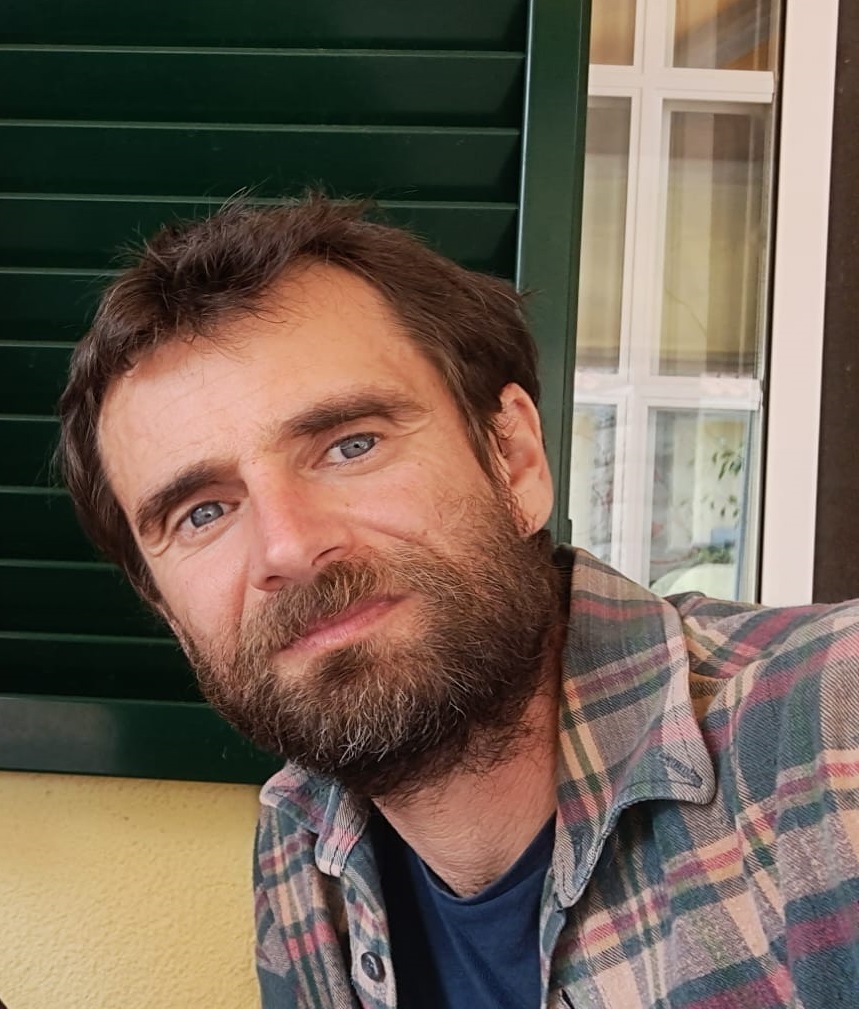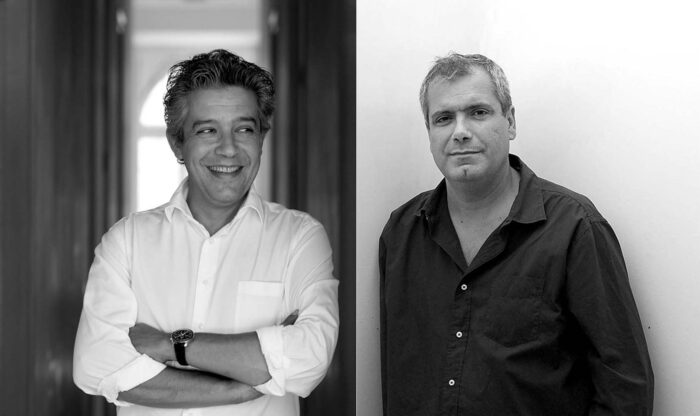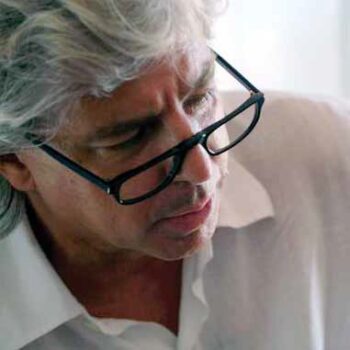A conversation with Archaeologist Nuno Neto

A conversation with Archaeologist Nuno Neto
‘All the material that comes out of the ground - the spoil - is labeled according to the layer where it was found, which is what allows us to give the context and clues to reconstruct the past of what we are excavating’
How did your interest in archaeology come about?
It’s a childhood thing, I’ve always liked all things ancient. I ended up not pursuing it, initially, because there were no career opportunities, so I went into science. I was unhappy. When I went back to school, I followed archaeology. Nowadays I don’t just do what I like best, which is going into the field, because from the moment I set up the company I began to have other responsibilities, I coordinate the teams, I’m in the field for a few hours, but then I go elsewhere and to meetings…, as do the other two partners, Paulo Rebelo and Raquel Santos. We were colleagues at Nova and became friends. We founded Neoépica in 2005, and initially there were five of us. We had a lot of difficulties at first, but eventually we managed to enter the market in the irrigation channels of the Alqueva dam and the team grew. Today we are a stable company with a good range of clients.
How is an archaeological intervention carried out?
Our work is mandatory according to the PDM zones. There are three levels of archaeological sensitivity in the city of Lisbon. To carry out archaeological work, we must apply to the DGPC – Directorate General for Cultural Heritage, with project elements and a work plan.
The field notebook is essential in an archaeological intervention; all the information we collect is recorded in writing, on appropriate forms, and photographed. Then we must draw up a report, which is very complex, with a graphic part, a record of chronologies, a descriptive part and an interpretative part. Today, photogrammetry helps us to record more accurately and more quickly. All the material that comes out of the ground – the spoil – be it ceramics, glass, bone… is numbered and labeled according to the layer in which it was found, which is what gives us the context and the clues to reconstruct the past of what we are excavating. This material is then washed, inventoried and studied. What dates the stratum is always the most recent booty, we do relative dating. There is a very sensitive material, such as metal and osteological, which we must store in places with controlled light and humidity. The collection is a problem now, because we are the faithful custodians of the material we collect until it is handed over to the appropriate bodies. Everything we have in storage is just waiting to be approved by the DGPC, which has protocols with local authorities to receive it. We’ve had material in storage for over three years. The report shows the material that can be exhibited, but around 90% remains in storage.
And when parts can’t be removed?
We apply the Principle of Conservation through Registration. If it’s an important vestige from a scientific point of view, but it doesn’t have the heritage relevance to justify keeping it in situ, we apply this legal principle: we note down all the information possible, through the archaeological record, and remove the materially transportable remains. The remains that are well preserved, rare or have a less common chronology in the city, we try to keep on site. But they don’t have to be uncovered or visitable, they must be protected and preserved. Of course, if they are of interest and can be integrated into the project, if there is a musealization project, so much the better, but when you leave a vestige uncovered you have to think about its maintenance. It’s much more difficult to preserve a visible vestige because it’s subject to human action and weather conditions.
All of this has implications for the projects. BETAR only intervenes after your assessment…
We always work together. We carry out the archaeological study and pass it on to the architecture and design teams. At the moment, we have a building with Miguel Villar where we have identified areas with greater sensitivity and he has gone to try to find a way of not affecting them. The aim is to reach an agreement that allows the necessary structural reinforcements to be made while protecting the heritage as much as possible. Common sense is needed. One thing is not always compatible with another. In buildings that need structural reinforcement, like several in which BETAR has already had to intervene, sometimes it’s not possible to keep the tile on the wall, for example, and we must map it, remove it, restore it and put it back. Archaeology isn’t just about the ground, there is also archaeology in the walls – which we call architectural archaeology – which allows us to assess whether that building contains other pre-existing buildings. When we start to peel back the cladding, we can find an older building swallowed up by another. This is an activity that has an impact on the project teams, the difficulties grow as we find more remains, so it is essential to have an experienced team, as is the case with BETAR. I’ve been working with Miguel Villar for several years and I recognize his ability to find solutions. And knowledge often helps us understand how the building has evolved, and vice versa. It’s fundamental teamwork.
This interview is part of Artes & Letras Magazine #157, October 2023.
Partially automatic translation from portuguese: some expressions may differ from their actual meaning.
News & Interviews
A conversation with Arch. Tiago Saraiva
'We face a problem when the house is no longer associated with a human right and it is permissible to evict people to make way for an Airbnb. Everything was commercialized ’ Read more
A conversation with Arch. Manuel Aires Mateus
'The great advantage with brothers is the total lack of ceremony, which makes us have violent discussions and resolve everything very quickly.' Read more
A conversation with Arch. Paulo David
‘It can be more exciting to build a home for a friend in my village, than to build a tower on 5th Avenue in New York for unknown users’ Read more




